8 out of 14 Tallest Peaks of the World in Nepal
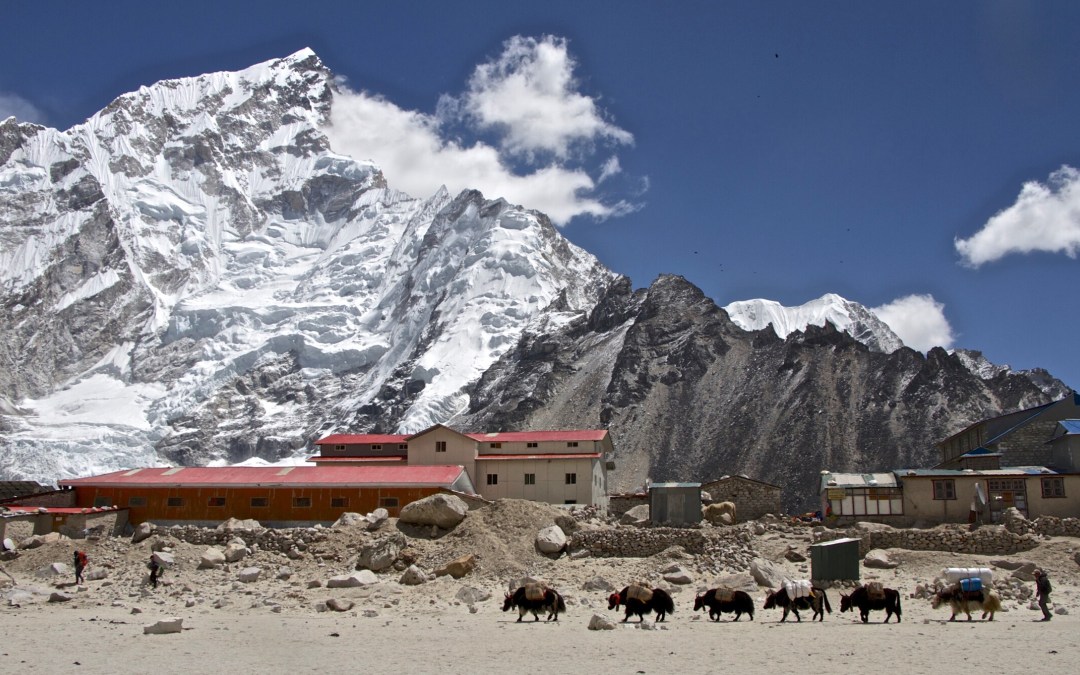
Nepal is blessed with varied geological structure making it a wayfarer's heaven. The Himalayan nation shockingly bears eight of the world's most noteworthy mountains. Among the 14 tops over 8,000m around the globe, Nepal despite being landlocked country flaunts eight which include Mount Everest, Kanchenjunga, Lhotse, Makalu, Dhaulagiri, Manaslu, Cho Oyu and Annapurna. The tops in the Himalayan range are celebrated every year by brave travellers who visit the site of these mountains and even scale them.
Here are the 8 tallest peaks in Nepal
Mount Everest (8,848m)
The world's most elevated mountain Everest is otherwise called Chomolungmain the neighbourhood Tibetan vernacular which means Mother of the World and Sagarmatha in Nepali meaning, 'Sagar' is sky and 'Matha' is forehead which implies head high above the sky. Everest has gotten one of the most sought out goals for travellers since its disclosure as the most elevated mountain during the Great Trigonometrical Survey of India in 1856.
Everest was first successfully scaled on May 29, 1953 by the group of Sir Edmund Hillary of New Zealand and Tenzing Norgay of Nepal. The legend of George H. L. Mallory who died in the 1924 campaign and discussions encompassing the way that he could have arrived at the top still stays uncertain. In excess of 7,000 summits have been made till date which even incorporates 193 summits without an extra supply of oxygen.

Kanchenjunga (8,586m)
Kanchenjunga, the third most hoisted mountain on the planet was once accepted to be the tallest mountain. This tremendous mass lies between the fringe of Nepal and Sikkim. It rises with an elevation of 8,586 m (28,169 ft) in a section of the Himalayas called Kangchenjunga Himal delimited in the west by the Tamur River, in the north by the Lhonak Chu and Jongsang La, and in the east by the Teesta River. It lies between Nepal and Sikkim, India, with three of the five peaks (Main, Central, and South) directly on the border, and the remaining two (West and Kangbachen) in Nepal's Taplejung District. Endeavours to scale Kanchenjunga went as far back as 1905, anyway the first success was only achieved in 1955. As the mountain is viewed as heavenly by the individuals of Sikkim, it has been a standard to stop a couple of feet underneath the summit to respect the neighbourhood conviction.
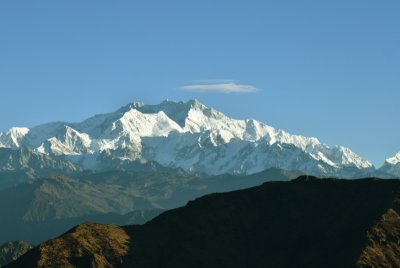
Lhotse (8,516m
Lhotse lies toward the south of Everest being associated by the vertical edge of South Col which incredibly has a rise of over 8,000m. The consideration regarding climbing Lhotse was built up simply after the successful summiting of Everest. The Lhotse standard climbing route follows the same path as Everest's South Col route up to the Yellow Band beyond Camp 3. After the Yellow Band, the routes diverge with climbers bound for Everest taking a left over the Geneva Spur up to the South Col, while Lhotse climbers take a right further up the Lhotse face. The last part to the summit leads through the narrow "Reiss couloir" until the Lhotse main peak is reached.It was first summited in 1956 by Fritz Luchsinger and Ernest Reiss both from Switzerland. The two auxiliary pinnacles of Lhotse – Lhotse Shar and Nuptse are similarly prominent.
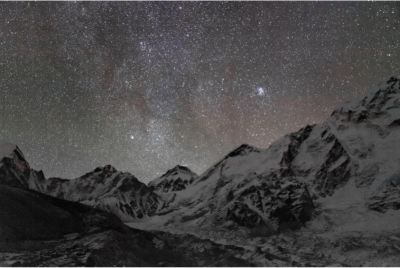
Makalu (8,463m)
Makalu is found 14 miles east of Everest as a separated pinnacle and is the fifth most elevated mountain in the world. Its amazing measure and pyramid shape with four sharp edges makes it stand apart as an imperative arrangement. Makalu has two notable subsidiary peaks. Kangchungtse or Makalu II (7,678 m) lies about 3 kilometres (1.9 mi) north-northwest of the main summit. Rising about 5 km (3.1 mi) north-northeast of the main summit across a broad plateau, and connected to Kangchungtse by a narrow, 7,200 m saddle, is Chomo Lonzo (7,804 m). The mountain was effectively scaled by a French gathering in 1955 after the initial sixteen endeavours that fizzled.

Cho Oyu (8,201m)
Cho Oyu is situated in the Tibetan outskirt to Nepal only west of Everest and Lhotse. The mountain fills in as a milestone for campaigns from the north face to scale Everest being an unmistakable structure. Cho Oyu is viewed as probably the simplest mountain over 8,000m to ascend and was first sublimely scaled by two Austrians. Cho Oyu is viewed as the most straightforward eight-thousander, with the least death summit proportion (1⁄25th of Annapurna's). It is the second most climbed eight-thousander after Everest (whose stature makes it the most prominent) and has more than multiple times the risings of the third most mainstream eight-thousander, Gasherbrum II. It is advertised as a "trekking top", feasible for climbers with high wellness, yet low mountaineering experience. It has a wide level summit level with no cairn (the customary supplication hails on Cho Oyu's summit level don't check the "specialized" summit), which can be a wellspring of disarray, and discussion, among climbers.
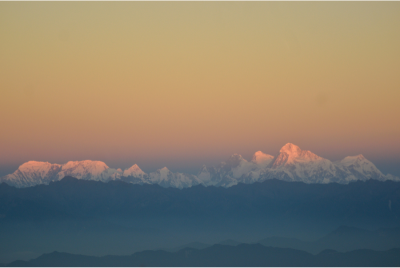
Dhaulagiri (8,167m)
Situated toward the north of focal Nepal, Dhaulagiri means White Mountain in the nearby lingo and is the seventh most noteworthy mountain on the planet. The mountain was considered as the most elevated on the planet after its revelation in 1808 and the inheritance was continued till 30 years until Kanchanjunga was found.
Dhaulagiri I's unexpected ascent from the lower landscape is practically unrivalled. It rises 7,000 m (22,970 ft) from the Kali Gandaki River 30 km toward the southeast. The south and west faces rise sharply over 4,000 m (13,120 ft). The south essence of Gurja Himal in a similar massif is additionally prominently monstrous. Dhaulagiri is best known for its huge size and a few pyramids moulded pinnacle arrangements adjacent to the wonderful ice sheets, icefalls.
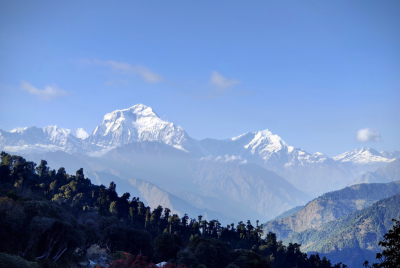
Manaslu (8,163m)
(Nepali: मनास्लु, also known as Kutang) the eighth most elevated mountain, Manaslu lies east of the Annapurna massif and is the primary mountain over 8,000m to be moved by an all-female undertaking group from Japan. Manaslu implies the Mountain of the Spirit in Sanskrit and is a precarious mountain that is unmistakably obvious from a huge span in the encompassing of the locale.
Set in the northern Himalayan range in the Gorkha District of Nepal, Manaslu is a serrated "mass of day off ice hanging in the sky".The three sides of the mountain fall in steps to porches down underneath, which are inadequately occupied with horticultural tasks rehearsed on the land. Aside from ascending Manaslu, trekking is mainstream in this mountain locale, as a feature of the Manaslu Circuit, an eminent way by trekkers in Nepal.
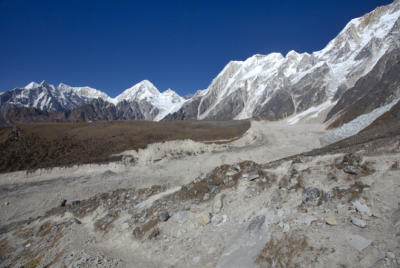
Annapurna (8,091m)
Among the most supported goal for trekkers, Annapurna, the tenth most elevated mountain on the planet was first summited in 1950 and is the principal mountain over 8,000m to be ascended successfully. The Annapurna massif lies east of the canyon made by the Kali Gandaki River and is otherwise called Goddess of the Harvest as it gives water and ripe soil to the valleys beneath. e entire massif and surrounding area are protected within the 7,629-square-kilometre (2,946 sq mi) Annapurna Conservation Area, the first and largest conservation area in Nepal. The Annapurna Conservation Area is home to several world-class treks, including Annapurna Sanctuary and Annapurna Circuit.
